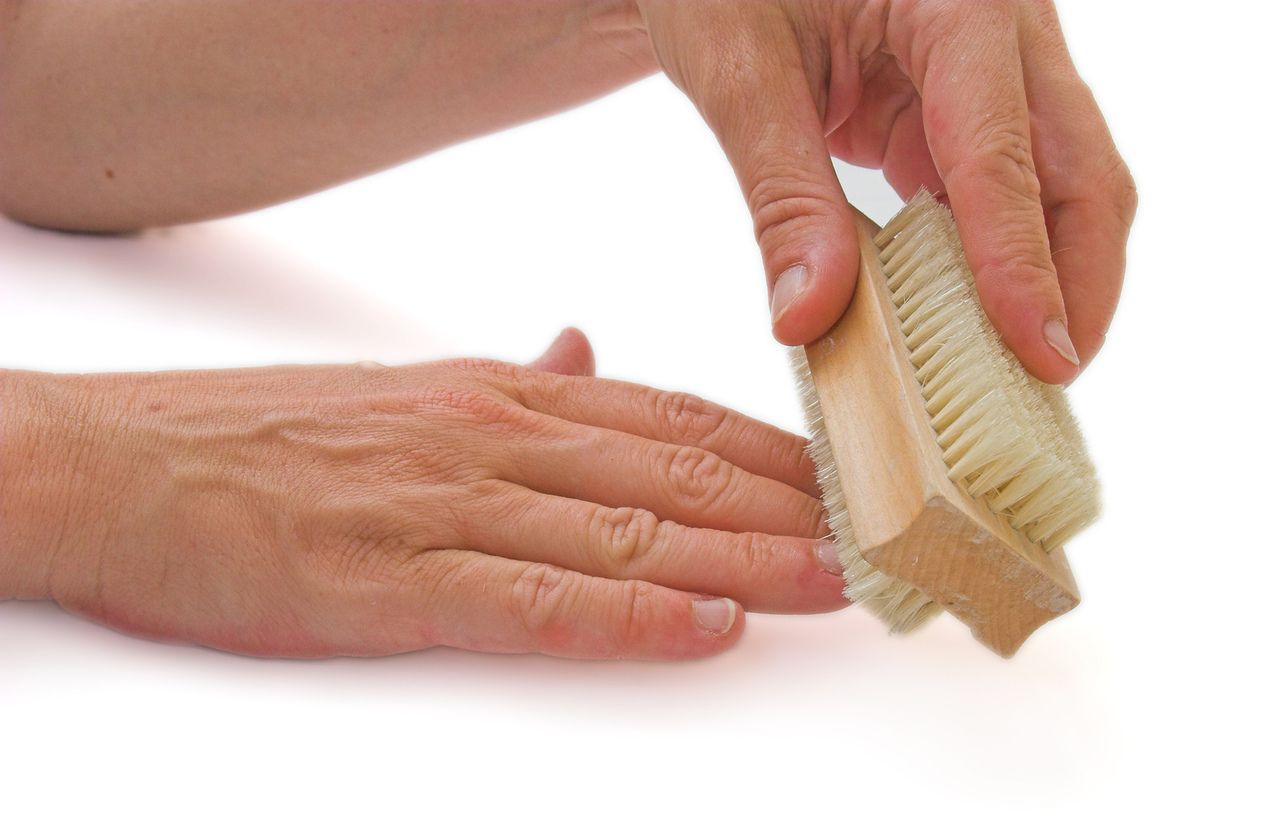Medical device and MedTech insights, news, tips and more
Patient Hand Hygiene: The Missing Link
January 8, 2016

 Abstract:
Abstract:
Hospital acquired infections (HAI’s) are a major threat to patient safety and there is substantial evidence that good hand hygiene reduces the transmission of these diseases. However, most hand hygiene initiatives have focused on the role of the healthcare worker, caregiver, volunteer, etc. The role of the patient is often described in terms of being an advocate in ensuring those charged with their care are practicing good hand hygiene. Patient hand hygiene practices have been largely overlooked in infection prevention within hospitals.
Main Article:
In an interview-based study out of the University of Wisconsin-Madison (May 2014), researchers found that patient hand washing habits practiced at home were better than those practiced after being admitted to the hospital. For example, 85% of respondents report washing their hands after using the washroom at home, compared to only 69.5% in the hospital. Likewise, 64.7% washed their hands before eating at home, while only 41.4% did so in the hospital.
In a study published in Infection Control and Hospital Epidemiology (November 2014), a research team used a system that attaches transponders to patient bracelets to log their movement and every use of soap and hand sanitizer. Over a period of several months in an acute-care hospital ward, a total of more than 200 patients almost never cleaned their hands before, during or after visiting a patient kitchen/pantry area. The overall hand hygiene rate after using the restroom was under 35%, as was the rate of hand cleaning before having breakfast.
OVERALL HAND HYGIENE RATE AFTER USING THE RESTROOM WAS UNDER 35%
The ramifications of dirty patient hands could be enormous. Leading thinkers are beginning to point to patient hand hygiene as a critical weak link in controlling those HAI’s that spread via the fecal-oral route. These pathogens include norovirus, Clostridium difficile, Vancomycin-resistant Enterococci (VRE), and the worrisome carbapenem-resistant Enterobacteriaceae(CRE).
Virtually all the focus on hand hygiene in hospitals has lined up behind the World Health Organization’s (WHO) goal of getting staff to wash their hands at prescribed ‘moments’ for hand hygiene.
The WHO moments for hand hygiene for healthcare workers include:
1. Before patient contact
2. Before performing an aseptic task
3. After body fluid exposure risk
4. After patient contact
5. After contact with patient surroundings
Evidence from the field suggests that for institutions with typically abysmal hand hygiene rates, implementation of these policies have led to significant reductions in hospital-acquired infections. However, implementing these policies in institutions with mediocre hand hygiene rates produces less significant decreases in hospital infection rates.
Read More – Source: Patient Hand Hygiene: The Missing Link – InfectionControl.tips
